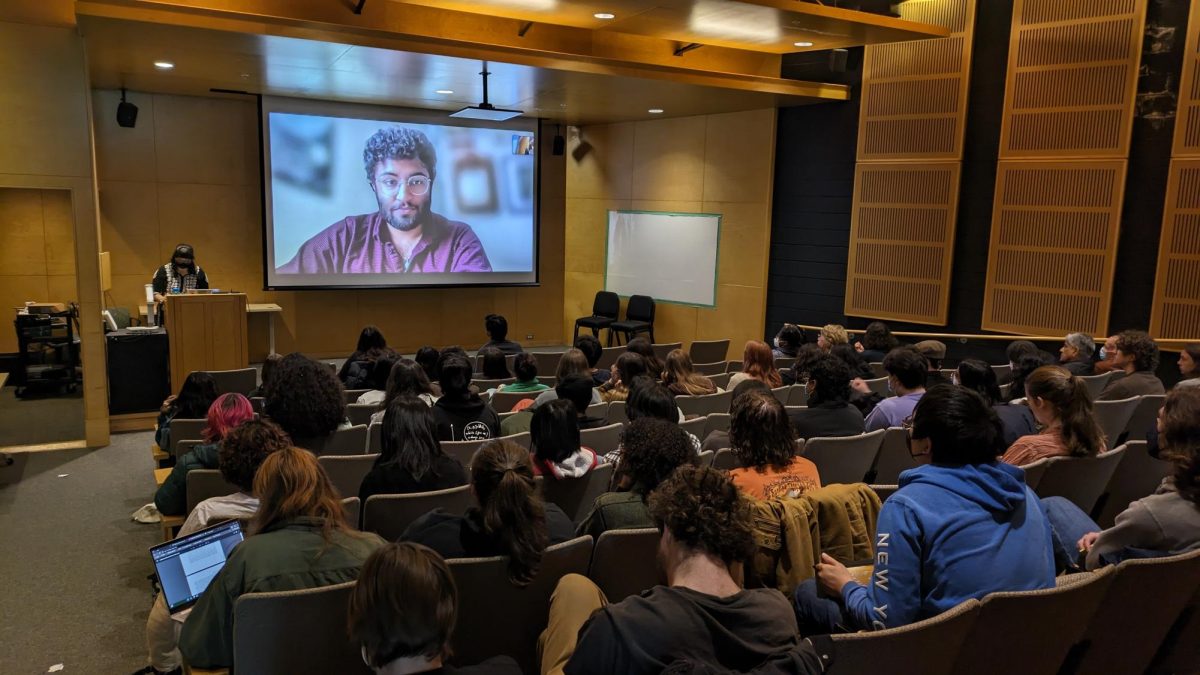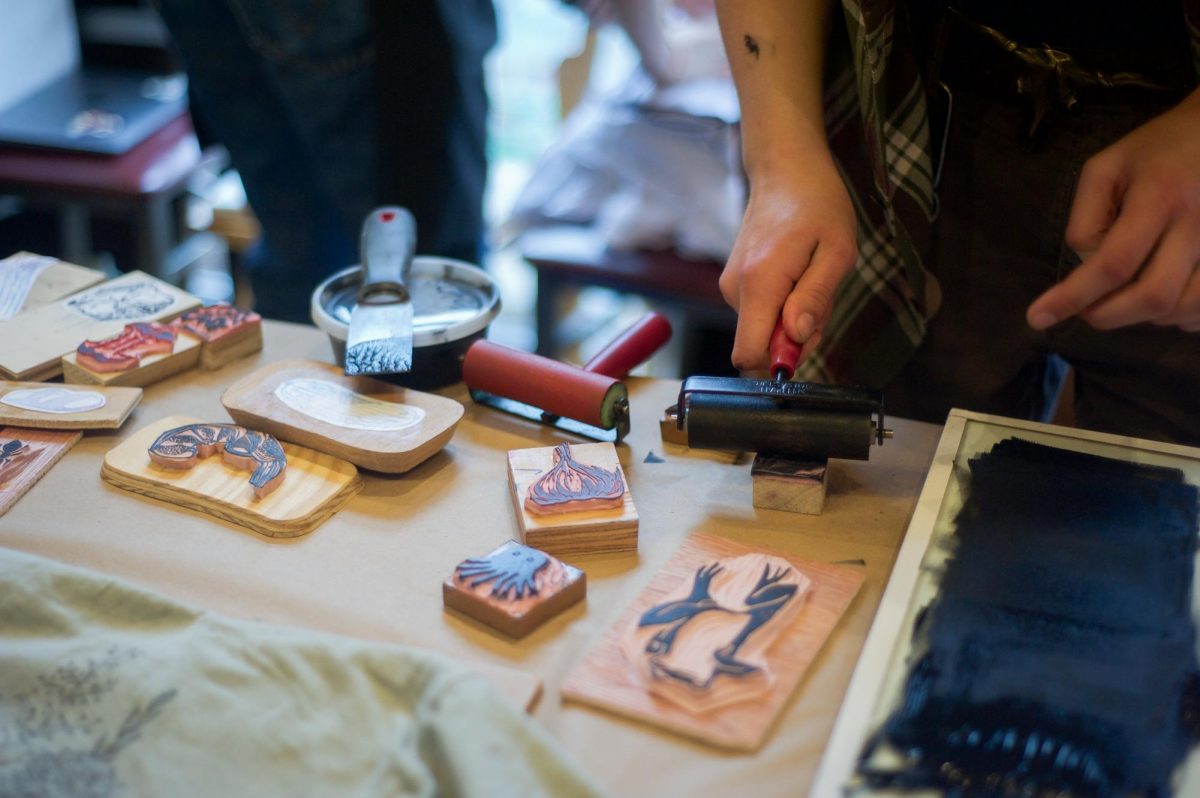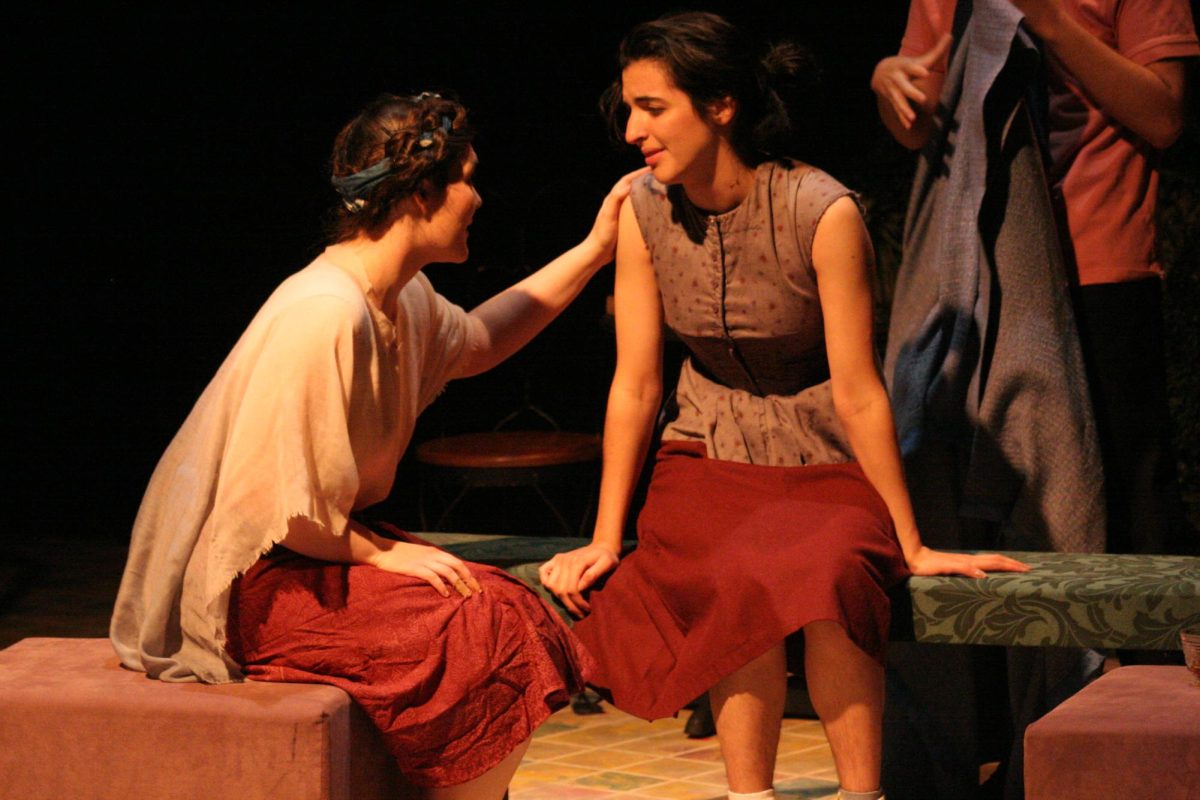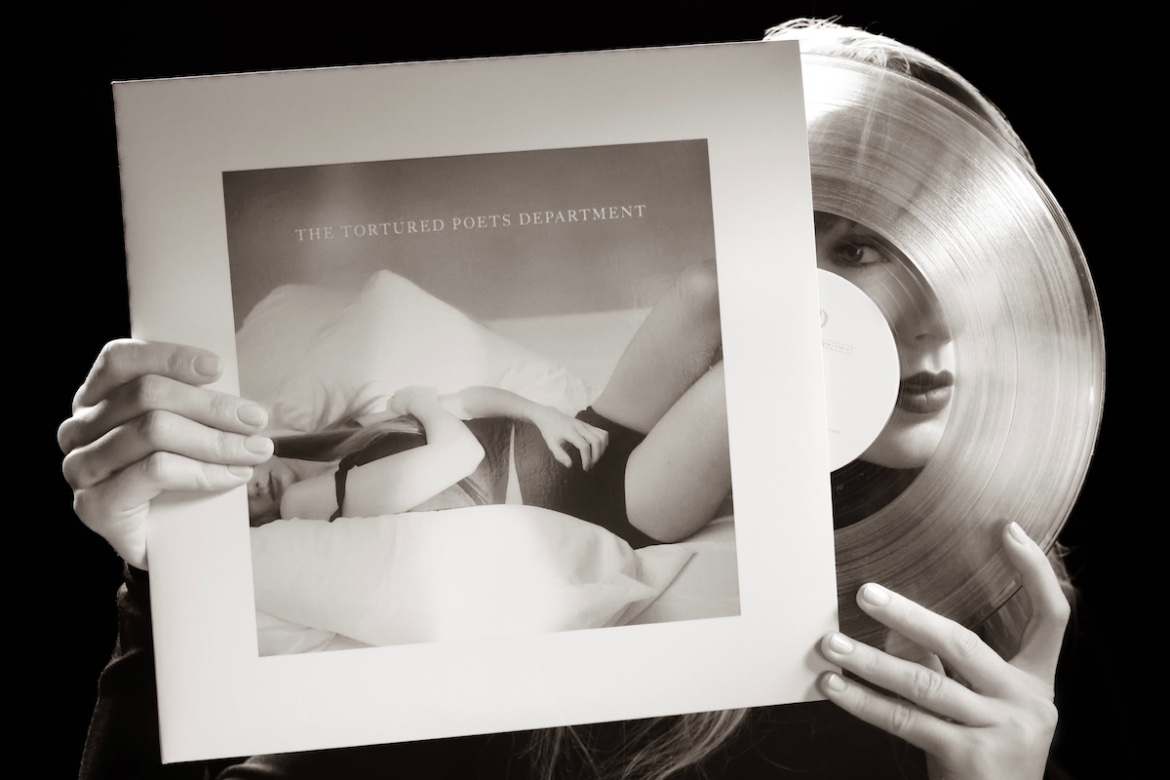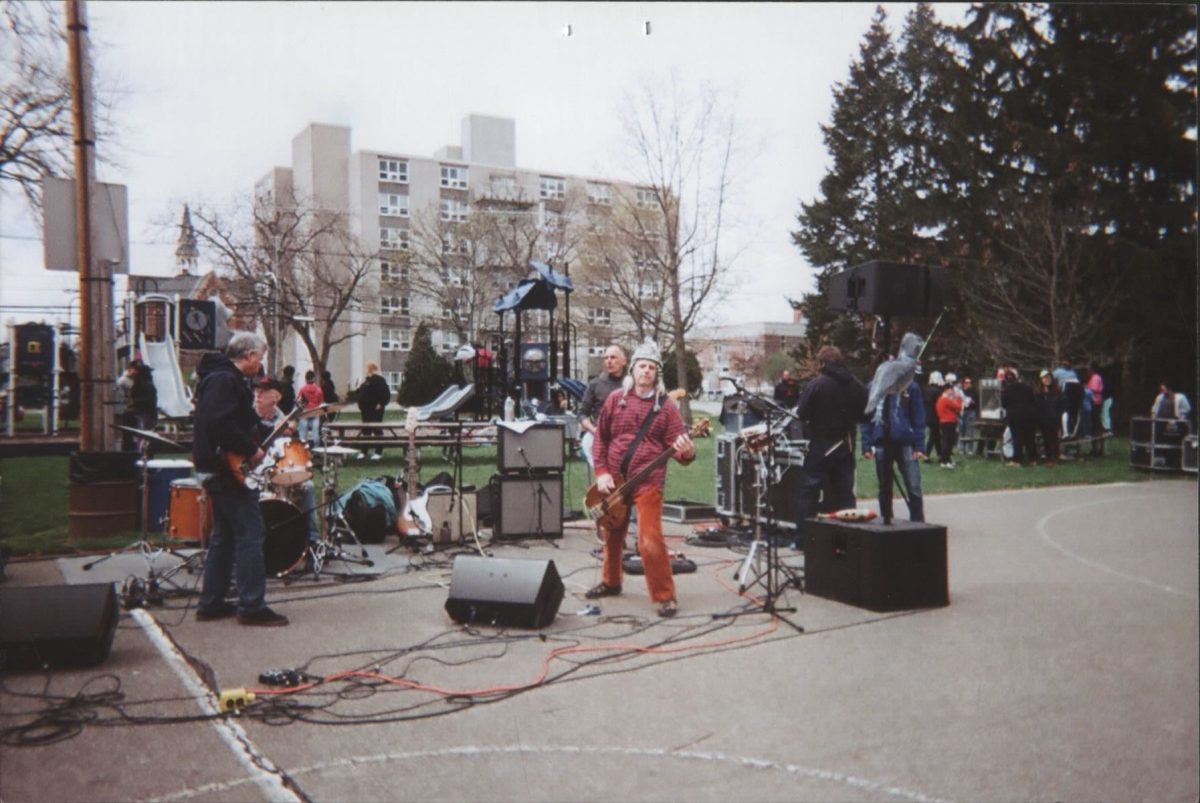Just Ask Us: Favored Fir Finds Fresh Frontier in Front of Oberlin Inn
October 10, 2014
We are here to introduce our biweekly column in the Review! Rose Stoloff, Editor-in-Chief and part-time dog owner, is so excited about this project that she is willing to advocate on our behalf — just ask her! We even have an official email so that you can send us compliments and Gchat us during your classes. Our reporting style is unique and follows the philosophy that facts plus fiction equals truth. Don’t believe us? Just ask New York Times staff writer Paul Krugman, who has called us “remarkably original and fun.”
For our first installment, we are here to inform you about the Oberlin Inn tree. We know you’re thinking: “But the Oberlin Inn project knocked down all of the trees.” Wrong! Oberlin College is paying a mere $15,000 to save one tree and relocate it to a new spot on the Oberlin Inn property. Though this may look like your average Pseudotsuga menziesii, or Douglas fir, we are of the opinion that it is anything but average and that it deserves to be saved. Unlike common Douglas firs, this beauty has droopy, weeping branches that resemble both an adult version of the Charlie Brown Christmas tree and the iconic trees in the hit TV series Twin Peaks.
Douglas firs have been granted the prestigious Royal Horticultural Society’s Award of Garden Merit. In addition to having a potential lifespan of over 500 years, Douglas firs provide seeds that are one of the main sources of food for small mammals. In a community that cares so deeply about its albino squirrel population, it would be deplorable to do anything but keep this tree alive. Our tree was the first tree planted in America using European seeds that came over on the Mayflower (though some sources claim it was planted there in 1980; this is debatable). It is also the tree that dropped the apple that fell on Newton’s head. This, if you’ll refer back to our introduction, falls under the “facts” category.
Wait, did we say $15,000?! That’s a metric f—ton of dough. (Can we say that here?) For that amount of moolah, we could pay tuition for exactly one third of an Oberlin student for a year or give the entire school a smoothie from DeCafé. We say, “Where will it stop?” Where was the student input? Is horticulture a popular cause among the students at Oberlin or just an elite few? Did the oligarchy even ask us for our feelings? Hello, Krislov! We exist! You know what we would pay $15,000 for? The preservation of albino squirrels. Seriously, where the heck did those go — did they all die over the summer? Oh, right, the $15,000 we needed to save them was spent on preserving a tree. QED. (By the way, have you seen the tree? It’s very sad-looking. Here’s a picture.)
Have an opinion on something you think needs to be shared with the world? Hit us up on [email protected]. Here’s a preview of what we have planned for future installments:
“What’s Up with Asparagus Pee? Is It A Social Construct?” (Be on the lookout for our survey, comin’ atcha soon!)
“Who’s That Dog? An Interactive Guessing Game!” (Send us a pic of your dog along with a fun — but not too fun — fact!)
“CDS Tasers”
“Interview with the Hardest-Working and Most Beautiful, Ideal and Perfect Woman in Oberlin”
Aside from investigative reporting, we have experience in writing, photography, movie ticket sales, cross country driving, vegetables, Snapchat, snapbacks, snappeas and snappea crisps from Trader Joe’s and Mandarin (Fluent in the restaurant, proficient in the language).
Readers, we promise we won’t let you down. If you feel let down, you can blame Rose. If you don’t, you can thank her. And us. And Sam White, the Opinions editor. Deal?
Thanks so much for reading what we have to say! We’ll close with our fortunes from Mandarin:
“Avoid compulsively making things worse.”
“You will share great news with all the people you love.”






